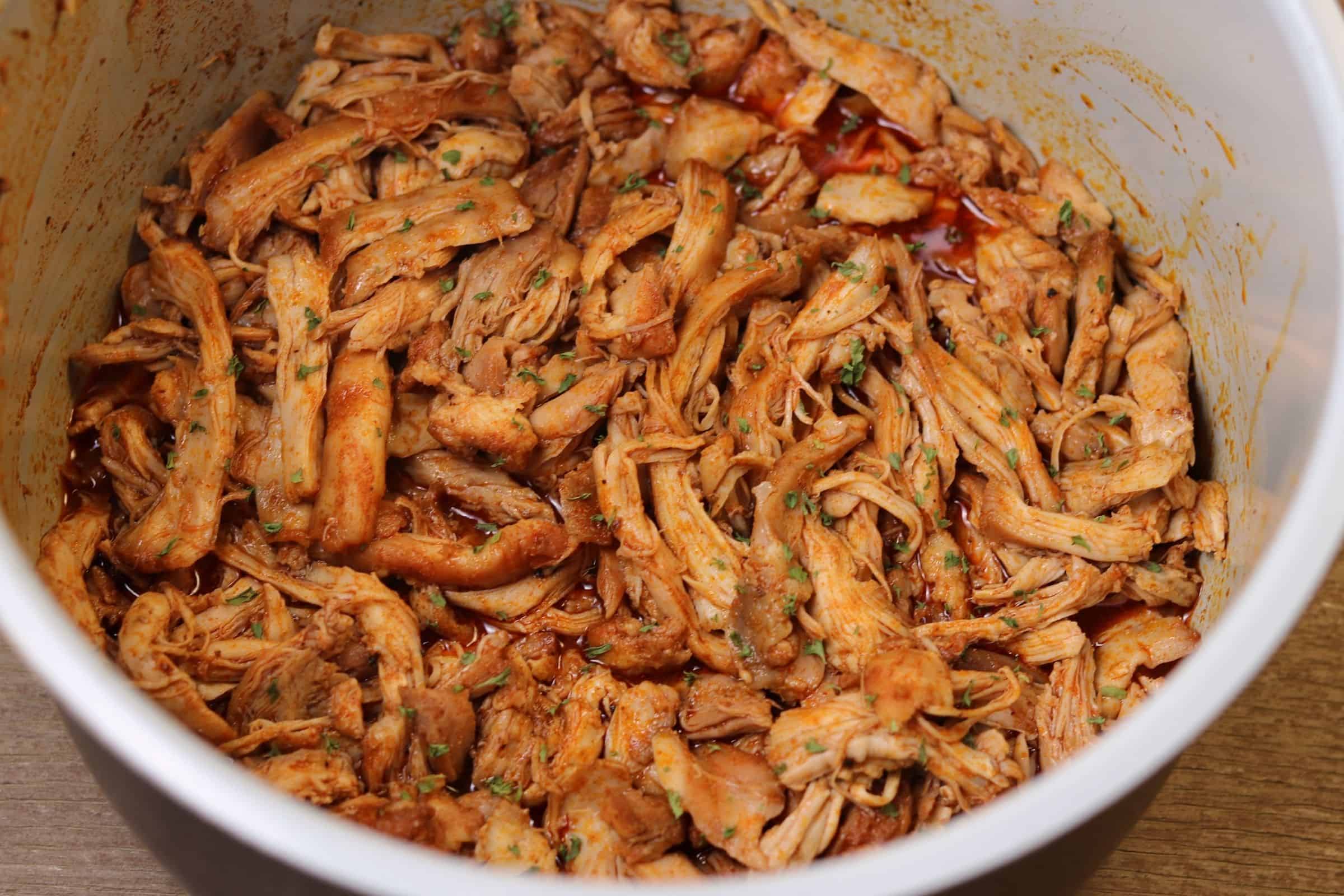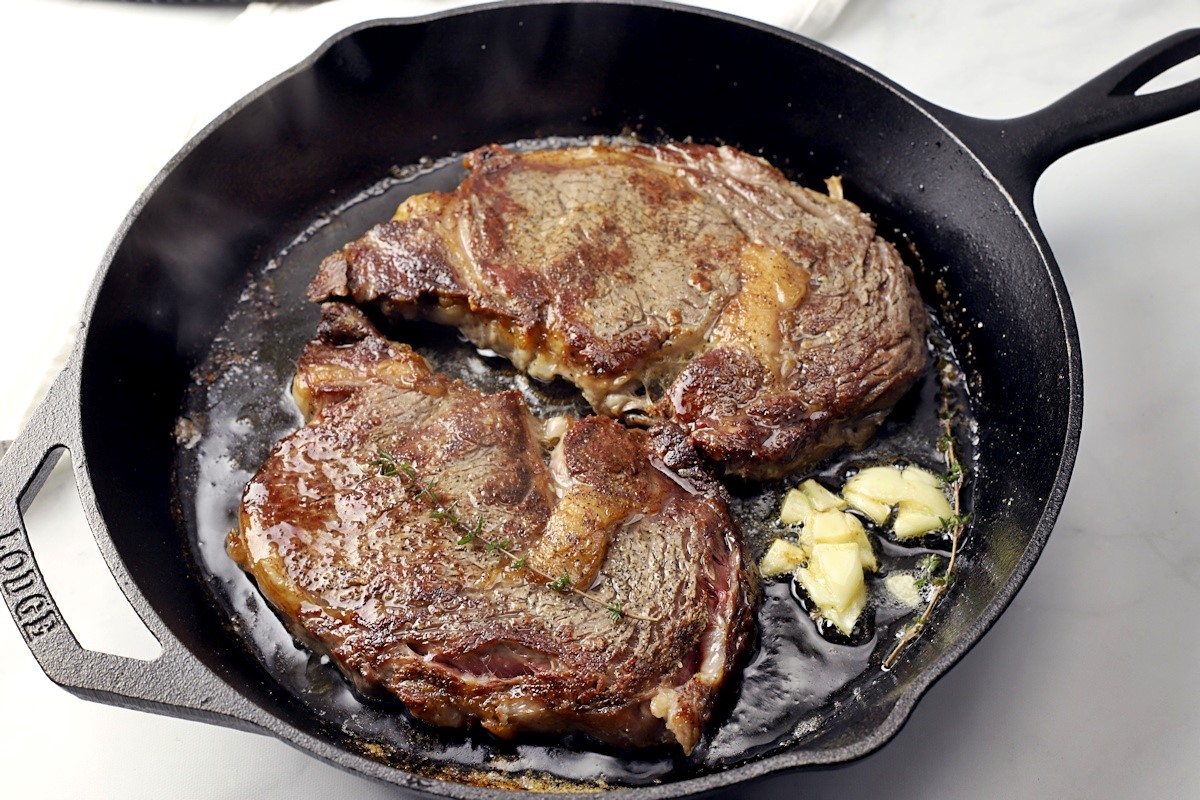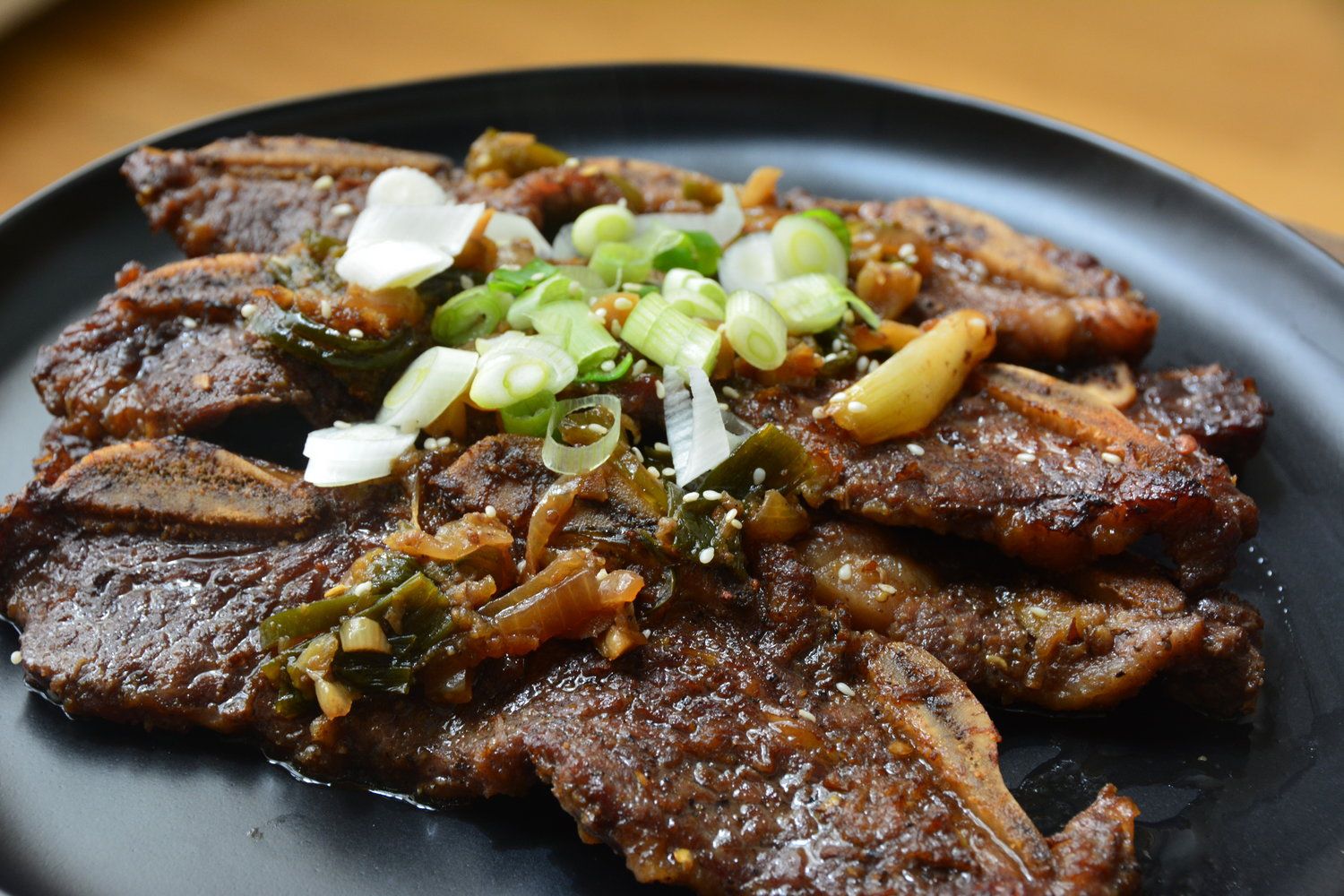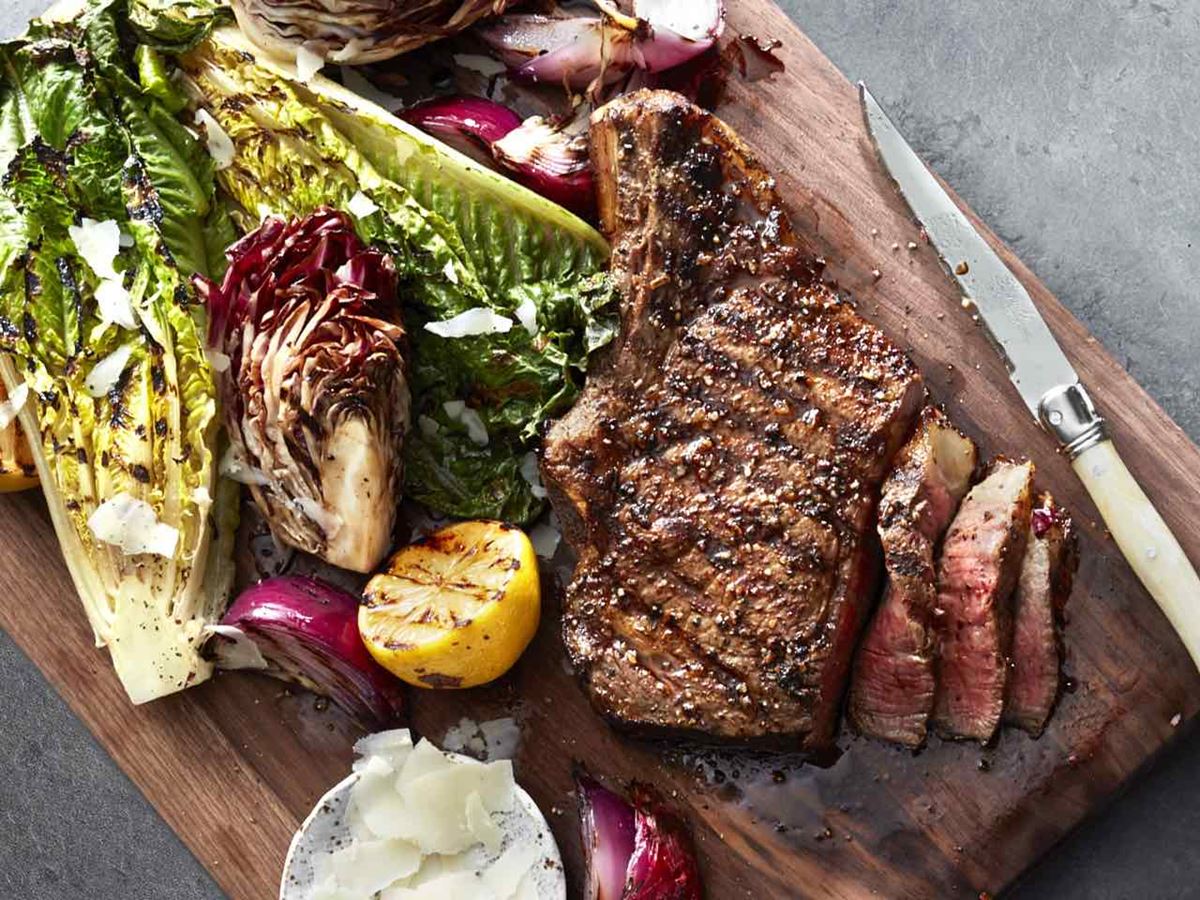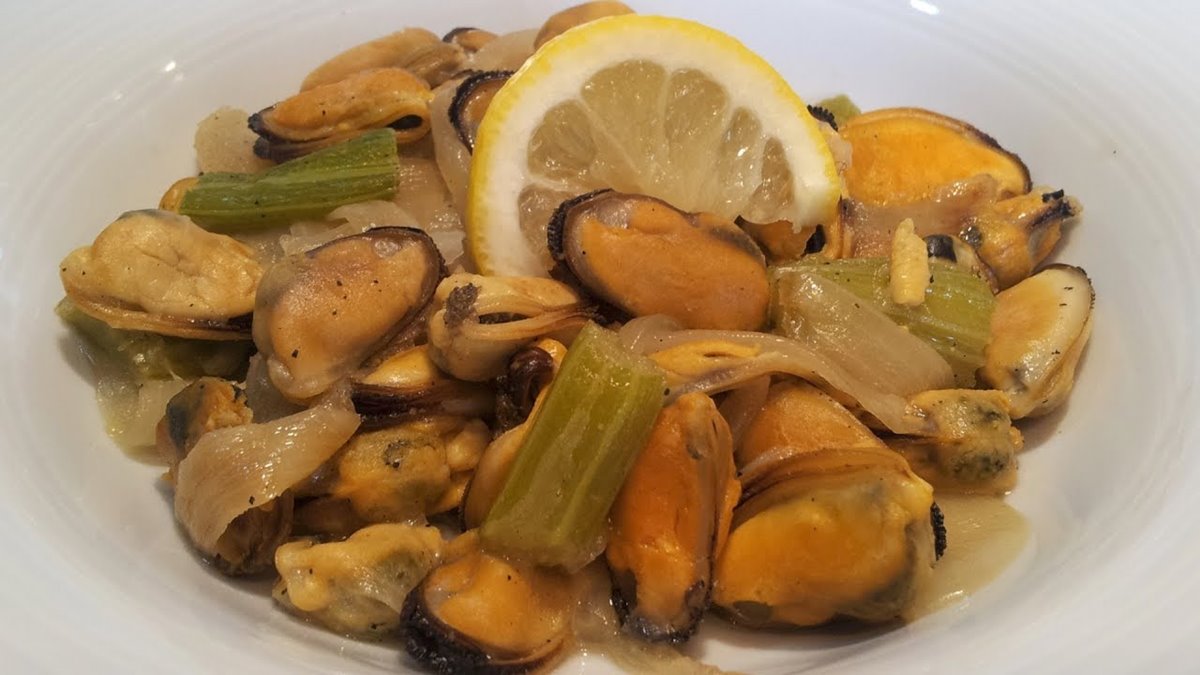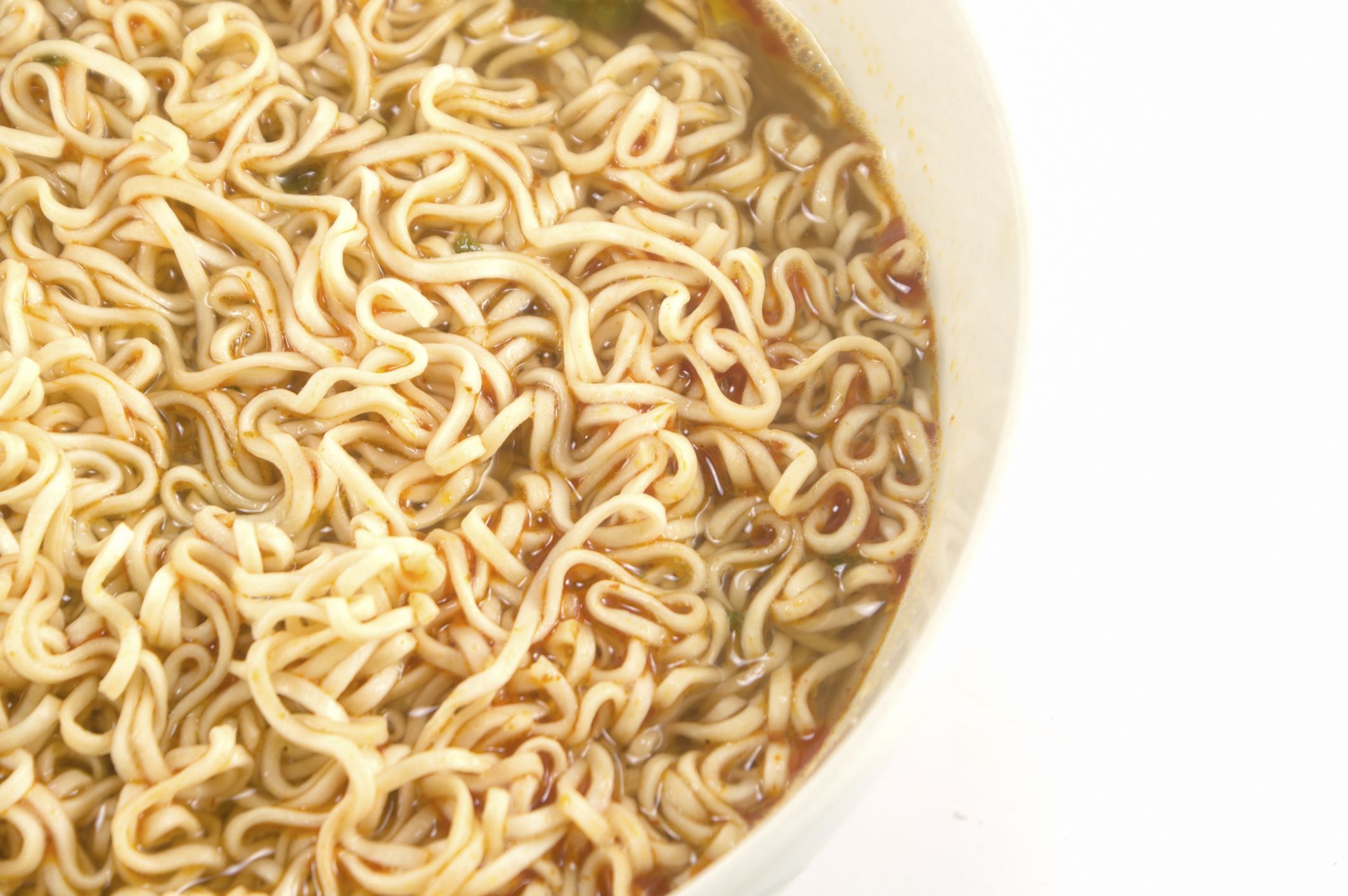Mastering the Art of Cooking Dried Beans for a Perfect Chili
When it comes to making a mouthwatering chili, there’s no ingredient quite as essential as perfectly cooked dried beans. While using canned beans is a convenient option, cooking dried beans from scratch adds a depth of flavor and texture that takes your chili to a whole new level. Plus, it allows you to control the seasoning and create a truly personalized dish. So, let’s dive into the art of cooking dried beans for chili!
1. Choosing the right beans
There are a wide variety of beans to choose from, such as kidney beans, pinto beans, black beans, or navy beans. Each has its own unique taste and texture, so feel free to experiment and find your favorite. For chili, kidney beans are a popular choice due to their robustness and ability to hold up well with other ingredients.
2. Soaking the beans
Soaking the beans overnight helps to reduce cooking time and ensures a more even texture. Start by rinsing the beans under cool water to remove any dirt or debris. Then, place them in a large bowl and cover with water. Let them soak for at least 8 hours or overnight. If you’re short on time, a quick soak method can be used. Simply place the beans in a pot, cover with water, bring to a boil, and let them sit for 1 hour.
3. Cooking the beans
After soaking, drain and rinse the beans again. Place them in a pot and cover with fresh water or broth. The liquid should be about 2 inches above the beans. Bring the mixture to a boil, then reduce the heat to low and simmer gently. Cooking time can vary depending on the type and freshness of the beans, so start checking for doneness after about 45 minutes. The beans should be tender but not mushy.
4. Adding flavors
While the beans are simmering, you have the opportunity to infuse them with flavor. Add aromatics like onions, garlic, and herbs. For a chili twist, consider adding a bay leaf, cumin, chili powder, or smoked paprika to enhance the taste.
5. Seasoning considerations
It’s best to hold off on adding salt until the beans are fully cooked, as salt can toughen the bean skins and increase cooking time. Once the beans are tender, season them with salt to taste. You can also adjust the seasoning based on the type of chili you’re making, whether it’s mild, spicy, or even vegetarian.
6. Testing for doneness
To check if the beans are ready, simply take a couple and give them a taste. They should be creamy, soft, and flavorful. If they are still firm, continue cooking for a little longer until they reach the desired tenderness.
7. Incorporating the beans into chili
Once your dried beans are perfectly cooked, they are ready to be incorporated into your chili recipe. Drain them from the cooking liquid and add them to your simmering pot of chili. Let them soak up the rich flavors of the chili and continue cooking until all the ingredients meld together into a harmonious blend.
With these steps, you’re well on your way to mastering the art of cooking dried beans for chili. So go ahead, unleash your culinary creativity, and create a chili masterpiece that will leave your taste buds craving for more!
More Delicious Recipes Featuring Dried Beans
Once you've mastered the art of cooking dried beans, a plethora of hearty chili recipes awaits your culinary skills. For a traditional touch, the Classic Beef and Kidney Bean Chili offers a robust flavor profile, ideal for those who appreciate timeless recipes. Vegetarians might prefer the Three-Bean Vegetarian Chili, which provides a diverse mix of beans and rich seasonings, or the innovative Sweet and Spicy Pumpkin Black Bean Chili, where pumpkin adds a unique twist to the classic dish. For those seeking a lighter option, the White Chicken and Navy Bean Chili combines lean protein with creamy navy beans in a comforting bowl. We recommend trying these recipes to utilize your new skills in bean preparation, as each offers a unique way to savor the fruits of your labor.
Was this page helpful?
Read Next: How To Cook Wings In A Convection Oven
